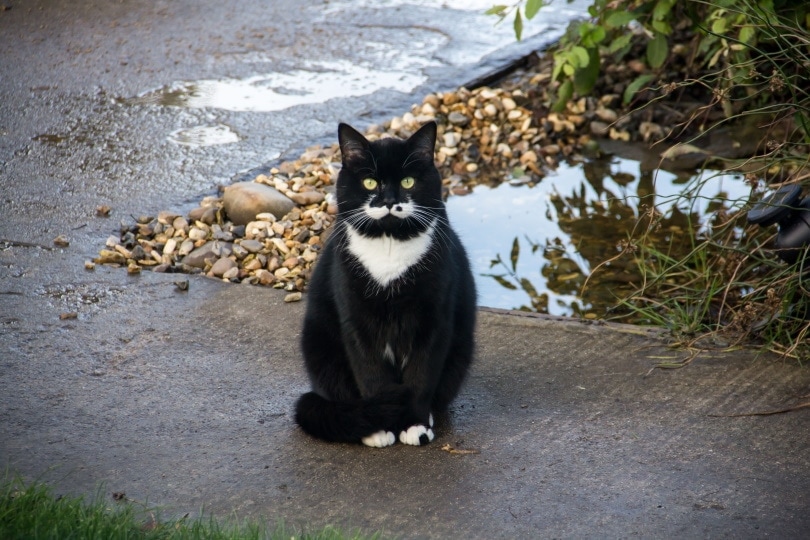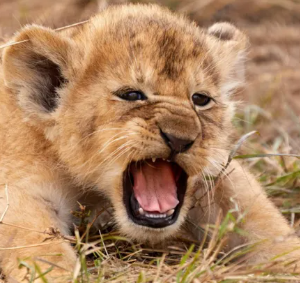Cautionary Blooms: Are Hydrangeas a Danger to Your Curious Cat?
Cat owners, beware! Those beautiful hydrangeas you love might pose a threat to your furry friend. All parts of the hydrangea plant, from the flowers and leaves to the stems and buds, contain toxic compounds called cyanogenic glycosides. When ingested by a cat, these compounds can break down and release cyanide, a fast-acting poison.
Symptoms to Watch Out For:

If you suspect your cat has eaten hydrangeas, be on the lookout for these signs of poisoning:
- Vomiting
- Diarrhea
- Lethargy
- Loss of appetite
- Difficulty breathing
- Seizures
Taking Action:
If you notice any of these symptoms after your cat has been around hydrangeas, seek immediate veterinary attention. Early intervention is crucial in cases of hydrangea poisoning. Do not attempt to induce vomiting at home, as this can worsen your cat’s condition.
Keeping Your Cat Safe:
:max_bytes(150000):strip_icc()/GettyImages-1071890740-2000-813a871e07e4467f85cd18862e0531ea.jpg)
Prevention is always better than cure. Here’s how to keep your cat safe from hydrangeas:
- Plant placement: Keep hydrangeas out of reach of your cat, either outdoors or indoors.
- Supervise outdoor time: If you have hydrangeas in your yard, supervise your cat’s outdoor playtime to ensure they don’t munch on the plants.
- Consider cat-friendly alternatives: Explore planting cat-safe flowers that won’t endanger your feline companion.
Hydrangeas may be beautiful, but for curious cats, they can be a serious health hazard. By being aware of the risks and taking preventative measures, you can keep your cat safe and your hydrangeas blooming happily.










